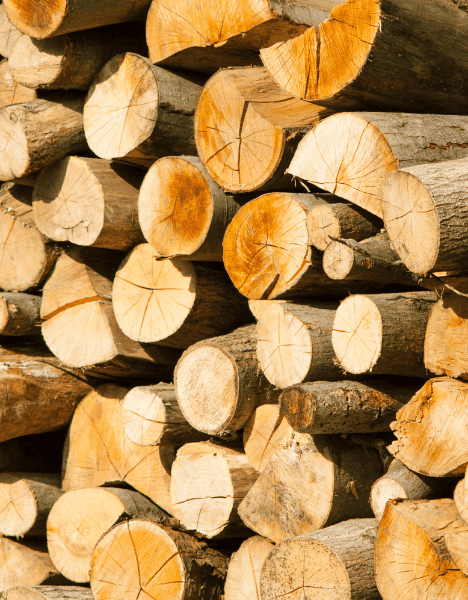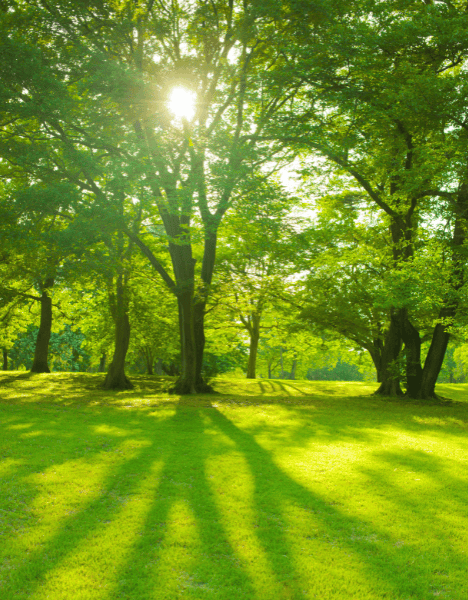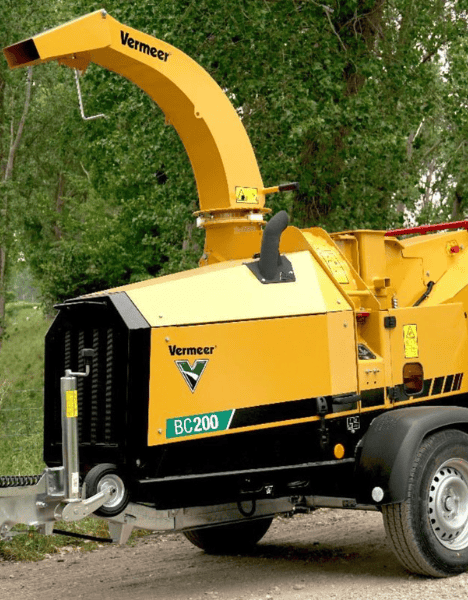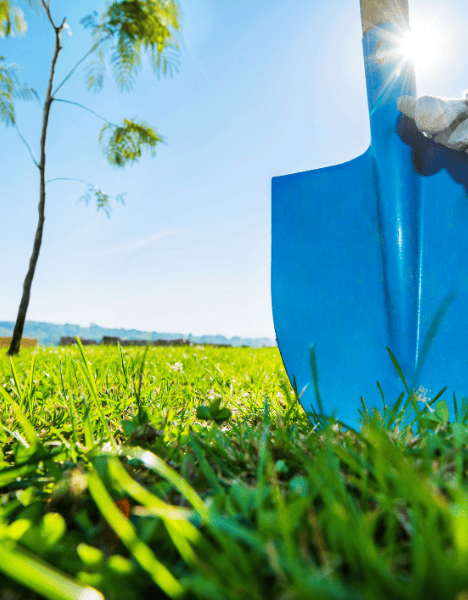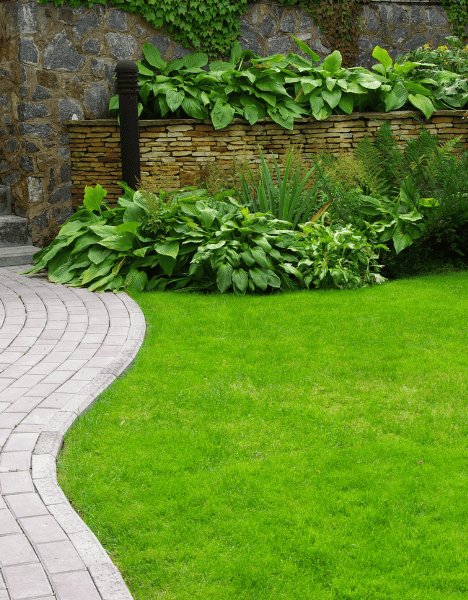Tree forming
Tree forming
Forming fruit trees – why is it done?
Tree forming is an art that we as humans have been developing since time immemorial; as early as ancient Mesopotamia, there were known instances of shaping shrubs and fruit trees. This process allows us to make better use of the tree’s surface, and thanks to forming, the plants look neater and simply better. Forming methods are also used in orchards – by bending branches appropriately, fruit growers gain better access to fruit and manage limited orchard space more efficiently.
Proper pruning of shoots also forces the tree to manage its energy properly. By pruning the shoots, you give the tree a strong incentive to use energy and nutrients for fruit.
When and how to form fruit trees?
Forming fruit trees – like any other types of plants that can be formed – begins with young shoots. By pruning young trees, you can control their growth and development, and determine the shape the tree will take.
The frequency of pruning depends on the species of the tree, the time of the year, as well as the level of soil irrigation. All these factors directly affect the pruning methods.
When forming a young tree, identify the main trunk of the plant. Create the shape of the tree on the basis of the largest, indigenous shoot. The shoot should be pruned from 30 to 160 cm during the first year of the plant’s life. You should choose the extent of pruning yourself, depending on the planned ultimate shape of the plant. In the first years, the foundation of the tree’s structure is laid. Subsequent tree forming is designed to fine-tune the ultimate appearance.
How to form fruit trees of different habits?
There are three basic shapes (habits) of fruit trees. In Poland, you will mostly encounter cone-shaped, funnel-shaped and umbrella-shaped trees. Adequate knowledge of how to form trees of a particular habit will allow you to better use the natural predispositions of the plant.
- Cone-shaped trees
Cone-shaped trees require little effort to maintain their original form. Trees of this habit are often planted close together, and when grown in a pot, only the out-of-shape shoots should be removed, along with the inner shoots.
- Funnel-shaped trees
Funnel-shaped trees are the opposite form of cone-shaped trees. They have a shape of the letter “V”. They are narrowest at the base and widen upward. In the early stages of the plant’s life, select three main shoots that form a funnel shape, and then try to enclose these main shoots with young branches, cutting out all shoots from the inside and shoots that strongly deviate from the shape of the tree. You can use supports made of mesh or stakes.
- Umbrella-shaped trees
Trees of this habit grow in width. In the early years of the plant’s life, it is a good idea to use shoot supports so that the tree can spread over a larger area. Trees with an umbrella-like habit are planted in late winter, and in spring three main shoots are selected to create the structure of the plant.
- Backhoe loader services
- Brush chipping, brush chipper
- Wood chipper, wood chipper services, rental
- Vermeer wood chipper rental, services
- Building gardens
- Garden design
- Fireplace wood
- Firewood
- Gardening services
- Stump grinding
- Tree grubbing
- Tree treatment
- Tree care
- Hedge maintenance
- Tree planting
- Tree cutting
- Roof snow removal
- Removal of snow overhangs
- Removal of icicles
- Dendrology and horticulture consulting services
- Tree forming
- Forest and stand management
- Maintenance of greenery
- Forester, tree expert
- Garden irrigation
- Gardening service
- Plant protection products
- Forestry services
- Tree cutting tip
- Tree cutting permit
- Tree cutting application
- Natural forest garden, garden in the forest



